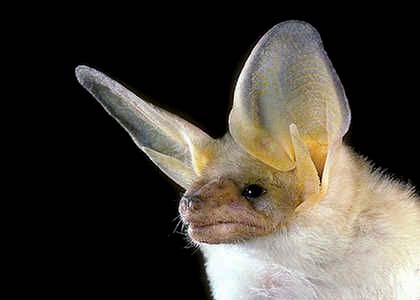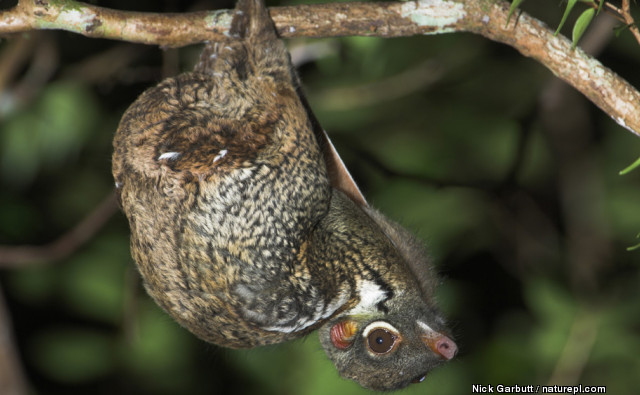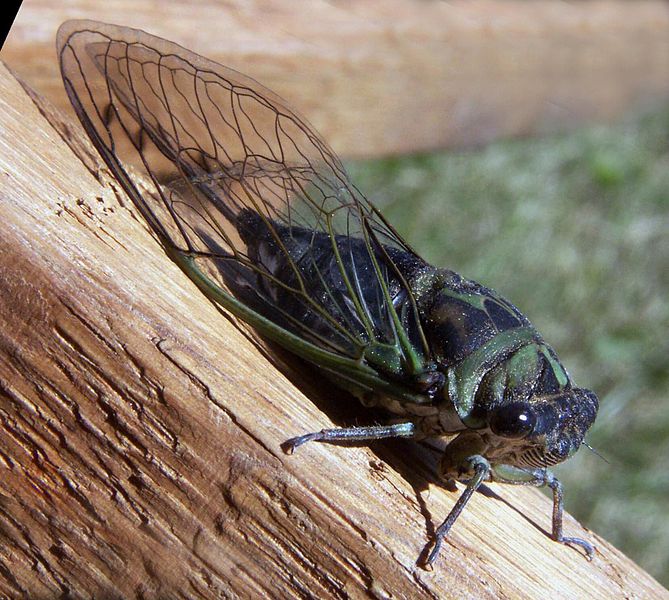
Did You Know?
- The Pallid Bat can be found from western Canada all the way down to central Mexico
- This particular bat species has larger eyes compared to other North American bat species
- Not only do they have large eyes but their ears are also oversized, which improves their hunting success rate
Why Are the Pallid Bat’s Ears So Large?
The Pallid Bat is pretty easy to pick out of a lineup given their large eyes and ears. Believe it or not their ears are almost half as long as the rest of their body (including the head). As mentioned earlier, these ears come in handy for increasing their hunting success rate. How, you ask? Well, as a result of their oversized hearing devices, these bats have the ability to hone in on insects scurrying about on the ground. Typically, these bats will fly slowly, close to the ground listening for the movements of any potential prey items.
Oh, and you may have noticed that these bats hunt on the ground. Unlike other bat species, which specialize in catching flying insects, the Pallid Bat prefers to feast on land-dwelling arthropods such as scorpions, crickets and other tasty bugs but they have also been known to consume small reptiles and even rodents. Interestingly enough, even though they catch their food on the ground, these bats will typically take their meal with them to eat in their roost. I guess it is comparable to going through the drive thru at McDonalds. 
Temperature Control
Would you like to hear another fascinating fact about the Pallid Bat? Of course you would…who wouldn’t?!? Unlike most animals, Pallid Bats are actually herterothermic, which is just a fancy way of saying that depending on the time of year, they will either be poikilothermic (cold-blooded) or homeothermic (warm-blooded). That’s right, the ability to regulate their body temperature is completely dependent upon the time. Luckily they are able to control their body temperature during winter hibernation or when they are simply resting. This means during the warmer months, they simply rely on the warm temperatures of North America to keep their body functioning at an ideal temperature.






